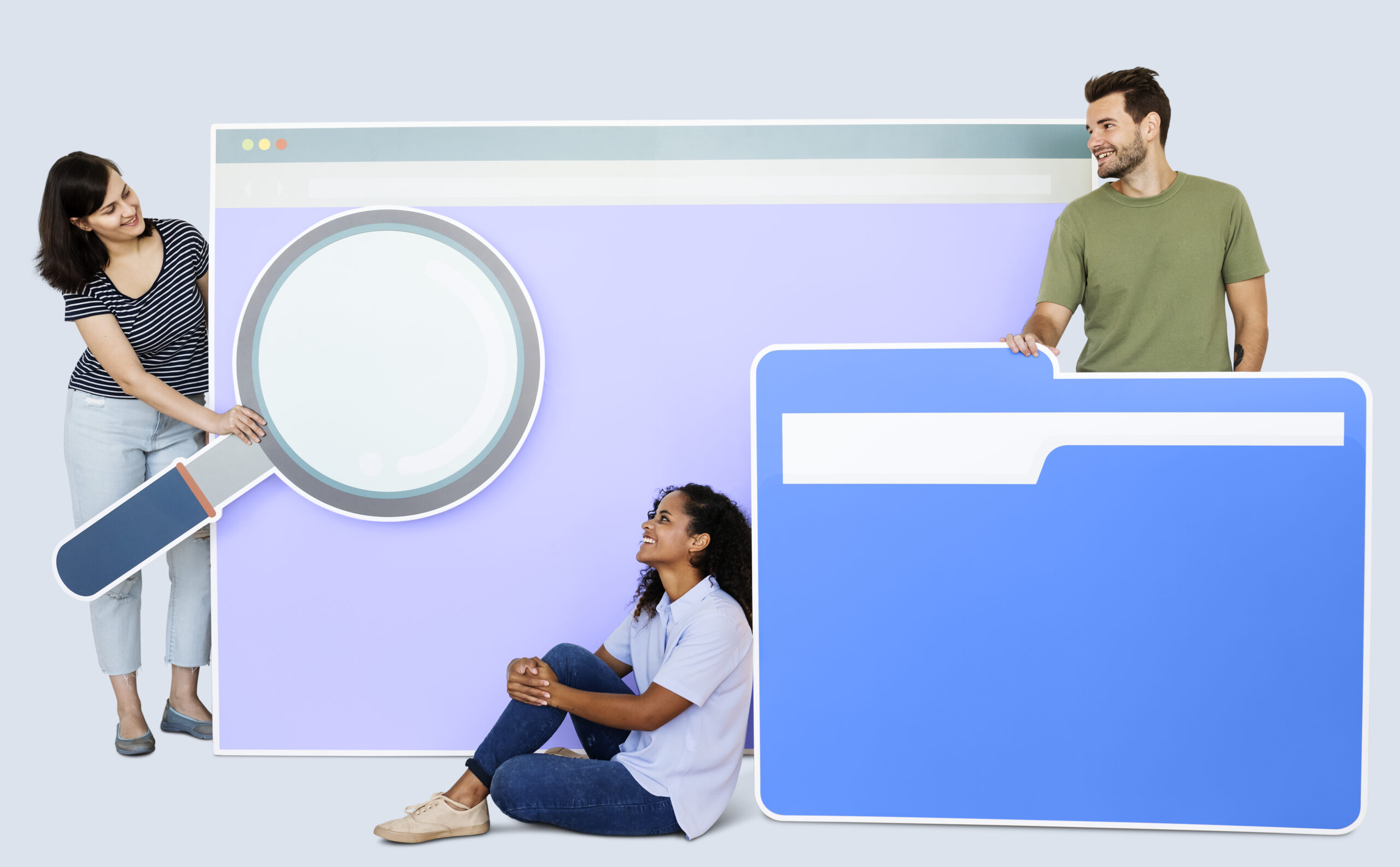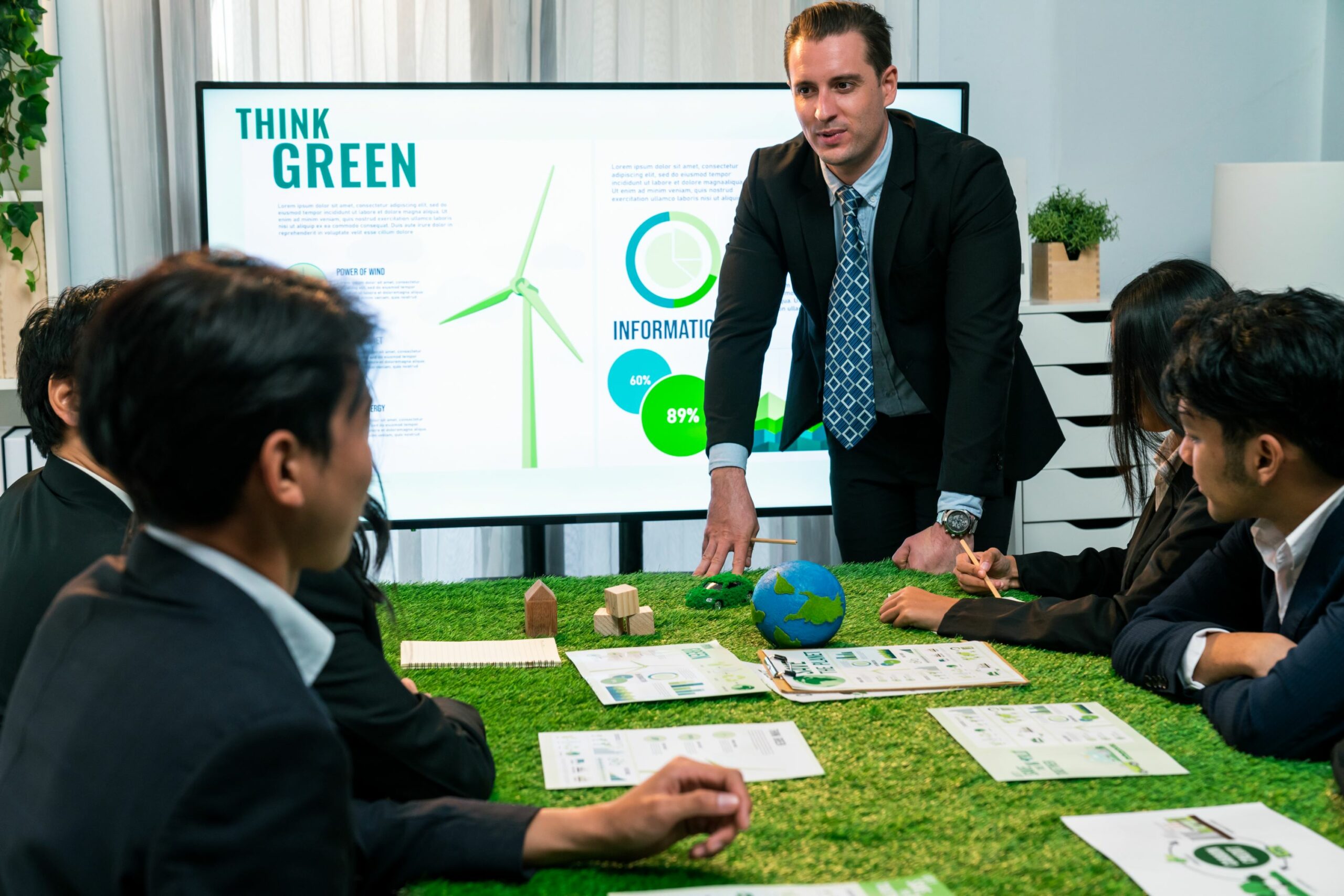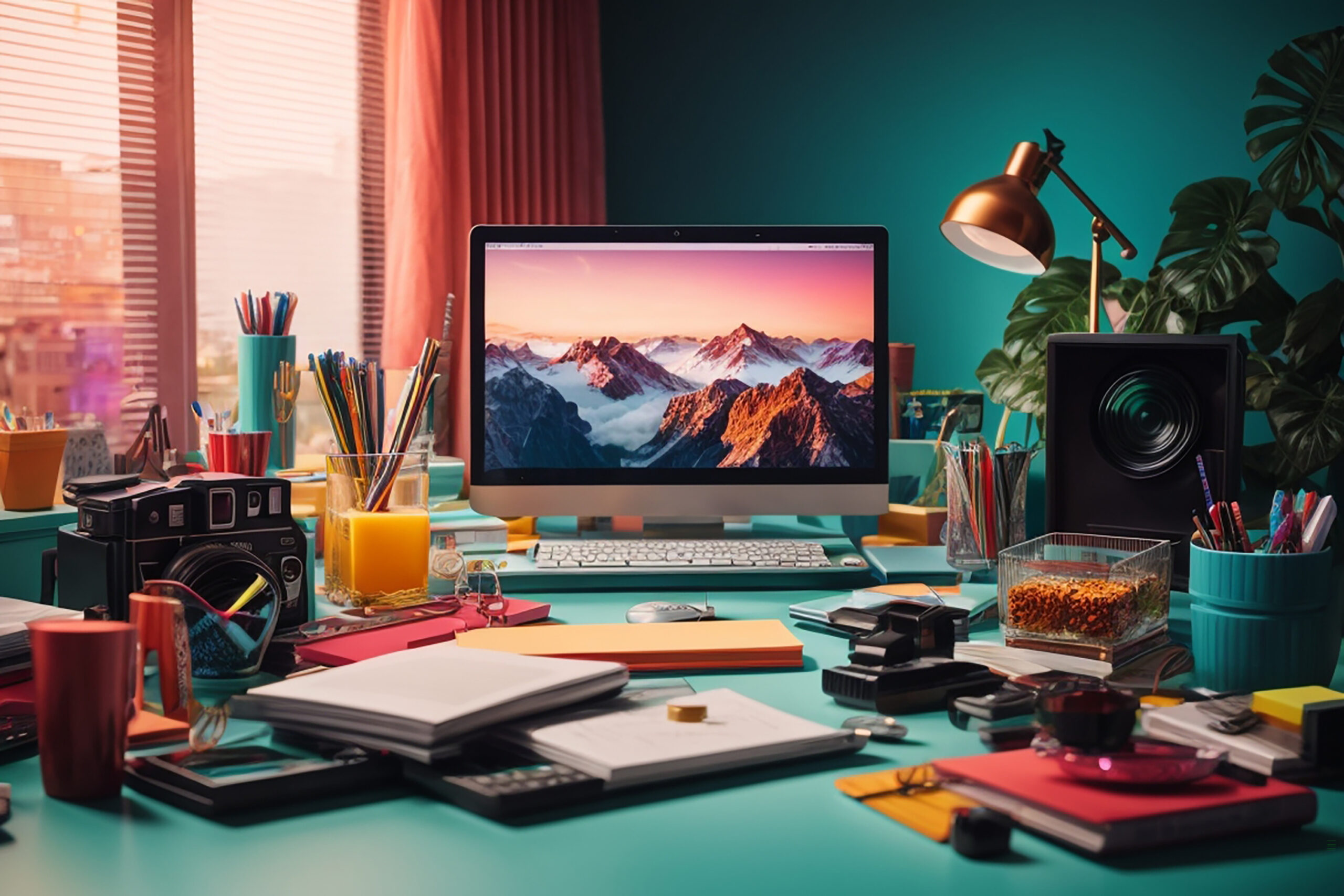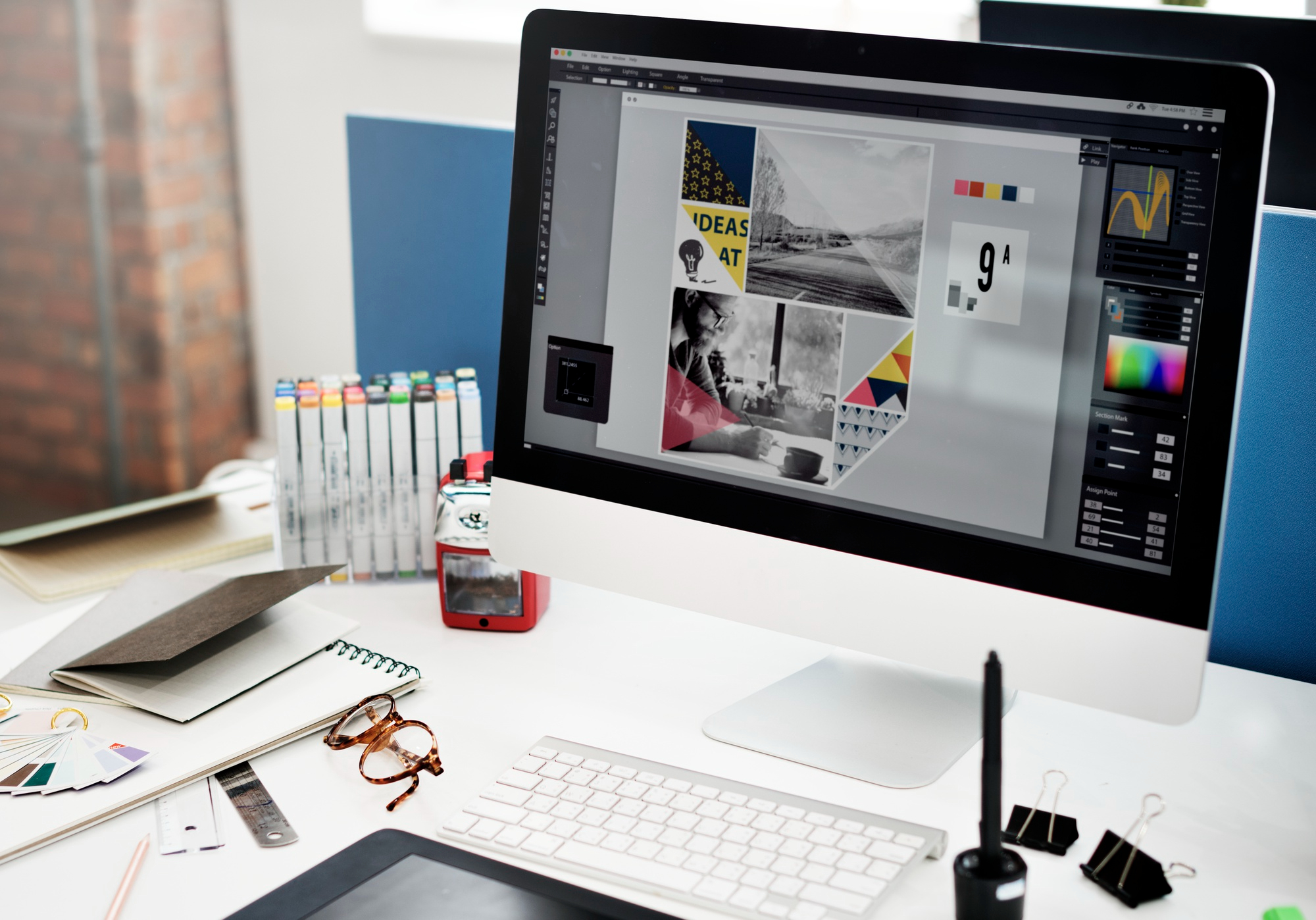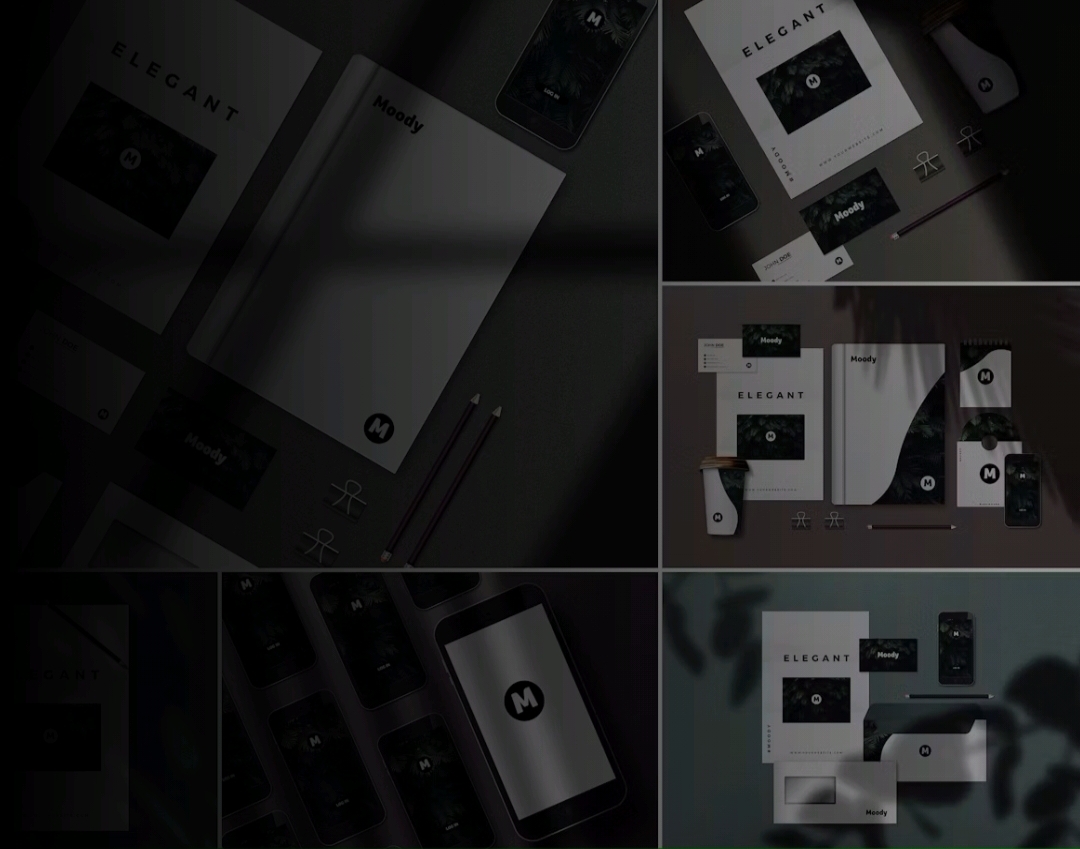Introduction
As the world becomes more conscious of its environmental footprint, the design industry is undergoing a significant transformation. Traditional design practices, often reliant on resource-heavy processes, are being re-evaluated in favor of more sustainable approaches. According to a recent study, the global market for sustainable products is expected to reach $150 billion by 2025, underscoring the growing importance of eco-friendly practices in all industries. In the world of graphic design, the shift towards sustainability is not just a trend—it’s a necessary evolution.
What is Sustainable Design?
Sustainable design is a holistic approach that aims to reduce the negative impact on the environment through thoughtful, resource-efficient processes. It goes beyond just choosing recyclable materials; it’s about rethinking the entire design process to minimize waste, energy consumption, and pollution. The core principles of sustainable design include using eco-friendly materials, optimizing energy usage, reducing waste, and designing for longevity.
The Growing Demand for Eco-Friendly Design
The demand for sustainable design is on the rise, driven by both consumers and businesses who are increasingly aware of the environmental challenges we face. Consumers are more likely to support brands that demonstrate a commitment to sustainability, and businesses are responding by integrating eco-friendly practices into their operations. For example, companies like Patagonia and IKEA have made sustainability a key part of their brand identity, attracting customers who value environmental responsibility.
In the graphic design industry, this trend is reflected in the growing use of sustainable materials, such as recycled paper and non-toxic inks, as well as the adoption of digital processes that reduce the need for physical resources. By embracing sustainable design, companies can not only reduce their environmental impact but also enhance their brand image and appeal to a more eco-conscious audience.
Free PowerPoint Presentation Template Download
How Visualspiders Incorporates Sustainability
At Visualspiders, we believe that great design shouldn’t come at the expense of the planet. That’s why we integrate sustainable practices into our projects whenever possible. We prioritize the use of eco-friendly materials, such as recycled paper and energy-efficient printing processes, to minimize waste and reduce our carbon footprint. Additionally, we emphasize digital design solutions, which significantly lower the need for physical materials and energy consumption.
One example of our commitment to sustainability is a recent project where we worked with a client to create a series of marketing materials using only recyclable materials and sustainable inks. The result was not only visually stunning but also aligned with the client’s values and commitment to the environment.
The Challenges of Sustainable Design
While the benefits of sustainable design are clear, it’s not without its challenges. Designers often face higher costs when sourcing eco-friendly materials, and there can be limitations in terms of availability and variety. Additionally, convincing clients to adopt sustainable practices can sometimes be a hurdle, especially when it involves changes to established processes or higher upfront costs.
However, these challenges can be overcome with creativity and innovation. At Visualspiders, we work closely with our clients to find solutions that meet both their design needs and sustainability goals. By educating clients on the long-term benefits of sustainable design—such as cost savings through energy efficiency and the positive impact on brand reputation—we help them see the value of investing in eco-friendly practices.
The Future of Sustainable Design
As technology continues to advance, the possibilities for sustainable design are expanding. Emerging trends like biodegradable materials, zero-waste design, and energy-efficient software tools are paving the way for even more eco-friendly practices in the future. At Visualspiders, we’re committed to staying at the forefront of these innovations, ensuring that our designs are not only beautiful but also environmentally responsible.
The future of sustainable design is bright, and it’s a future that we are proud to be a part of. By continually exploring new ways to reduce our environmental impact, we are helping to shape a design industry that is both creative and sustainable.
Conclusion
Sustainable design is no longer just a buzzword—it’s a critical component of modern graphic design. As more companies and consumers prioritize environmental responsibility, the demand for eco-friendly design practices will only continue to grow. At Visualspiders, we are dedicated to leading the way in sustainable design, offering solutions that are as good for the planet as they are for our clients. We invite you to join us in embracing sustainable design and creating a better, more sustainable future.
Related Content:
Innovative Resilience: How Global Warming is Shaping New Design Concepts

